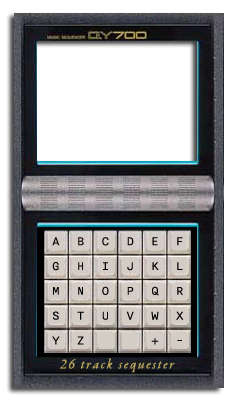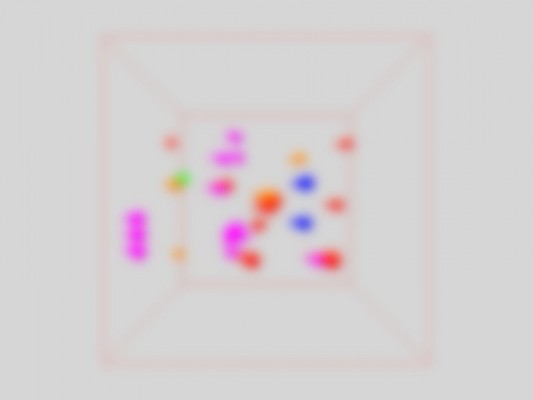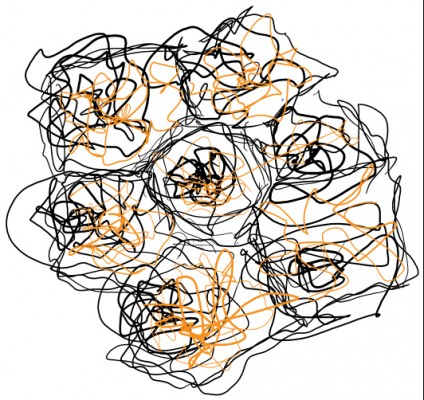keylogger + sounds = 26 track sequester – text from Miles Peyton on Vimeo.
“26-track Sequester” is a compositional tool that organizes sounds in terms of text. It uses a keylogger to record the sounds one makes while typing. In the process, it associates those sounds with the letters typed: A to the clack of a keystroke, B to an exasperated sigh, etc. To start 26-track Sequester, position its transparent area above a region of text. It will detect the text, and play back the sounds associated with each letter. There are + and – buttons to control the speed of playback.
The addons were necessary to house the device in a transparent window, to log systemwide keystrokes, to record and play sounds, and to detect text using optical character recognition.
Addons used:
- ofxOpenCv
- ofxLibsndfileRecorder
- ofxTesseract
- ofxTransparentWindow
- ofxKeylogger




